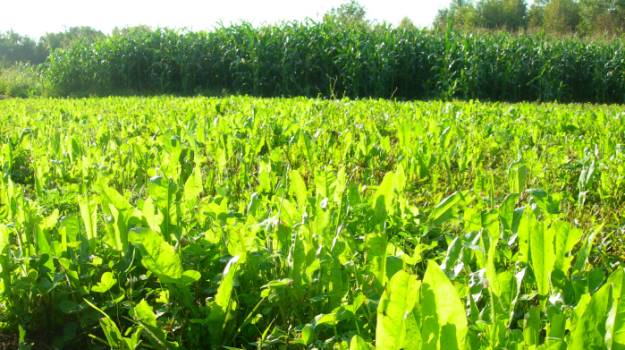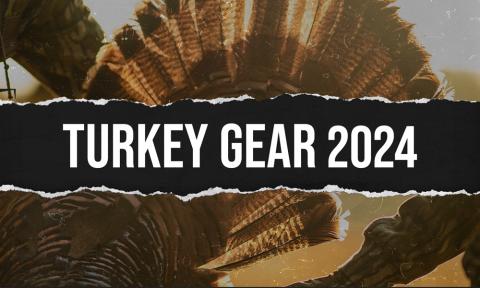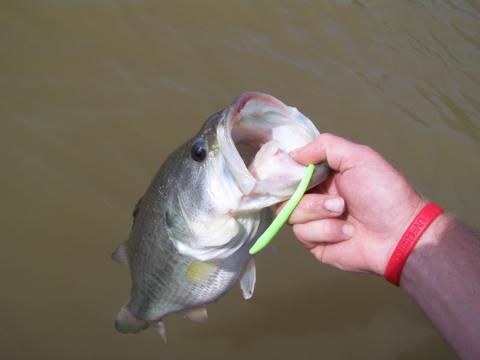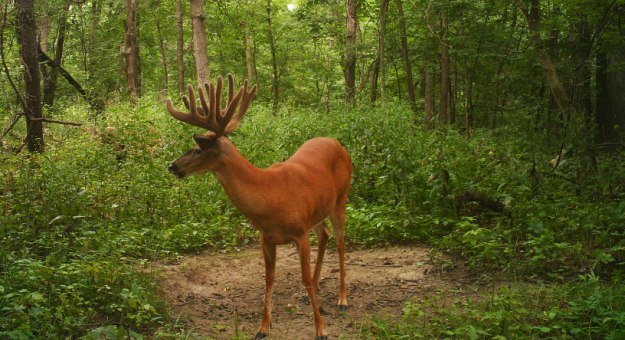
Editor’s Note: Curtis Goettsch, who lives in Cresco, Iowa, first wore military camo given to him by a friend. “I wore that army camouflage until I could save enough money to buy real camouflage,” Goettsch says. Then he purchased a Mossy Oak suit, and he's never changed his choice of camo. He joined the Mossy Oak Pro Staff in 2010 and is a nationally-recognized turkey caller and avid deer hunter. “I feel extremely fortunate to have been selected to be a Mossy Oak Pro Staffer,” Goettsch explains.
Although the deer where I hunt in Iowa have plenty of crop fields to feed on, bowhunters who hunt agricultural fields often make the mistake of forgetting that deer are browsers and like a wide variety of food. Just like hunters eat steak, they’ll get tired of eating steak all day every day. I plant what I call green browse food plots - small food plots for deer that are a mix of clovers.
I like to plant green browse food plots, because they give the deer a different-tasting food to eat. Also if I have a clover stand that’s established, the deer will begin to feed on it during the early bow season, even when our region has standing crops, and continue to feed on it all the way through the winter, even if snow falls. The deer may not eat a lot of the clover. But when they're coming back and forth from the green fields to the woodlot, they’ll often stop just for 30 seconds or so to get them a bite or two of that clover. These green browse food plots enable me to stop deer moving to or going from the agricultural fields and provide an additional food source for the deer after the crops have been harvested.
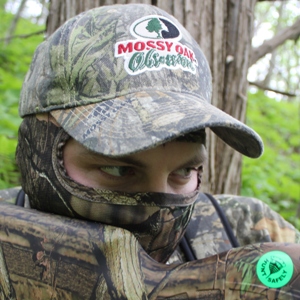 Here’s another reason I like to have a green browse food plot close to a crop field. By October, our corn and soybeans are dried and brown prior to harvest. Even though those agricultural fields do provide high-quality food for the deer and the turkeys, they still enjoy the taste of green forage. I believe green browse food plots may be like the ice cream truck that sits near an elementary school and is available after school for the children. Regardless of how much they’ve eaten for breakfast or lunch, they’ll stop by the ice cream truck and get some ice cream because it’s tasty, and it’s available.
Here’s another reason I like to have a green browse food plot close to a crop field. By October, our corn and soybeans are dried and brown prior to harvest. Even though those agricultural fields do provide high-quality food for the deer and the turkeys, they still enjoy the taste of green forage. I believe green browse food plots may be like the ice cream truck that sits near an elementary school and is available after school for the children. Regardless of how much they’ve eaten for breakfast or lunch, they’ll stop by the ice cream truck and get some ice cream because it’s tasty, and it’s available.
When the crops turn brown before they're harvested, the deer are looking for other forage than agriculture. In our area, they really don’t return to feeding on crop lands until the weather gets colder, and their body requires higher-energy foods like corn and soybeans. By the first of October, the native vegetation in the timber and along the edges of the fields begins to die. But my green browse food plots are still nice and lush and actively growing. Therefore if I'm not going to hunt a field edge or a grassy waterway during the early season, I’ll be hunting my green browse food plots. Most of the time, I’ll have trail-camera pictures of the bucks coming to the places I choose to hunt.
Day 2: Curtis Goettsch on the Secret to Early Season Agricultural Bow Bucks
Tomorrow: Curtis Goettsch on Hunting the Rut on Small Woodlots Adjacent to Agricultural Fields














